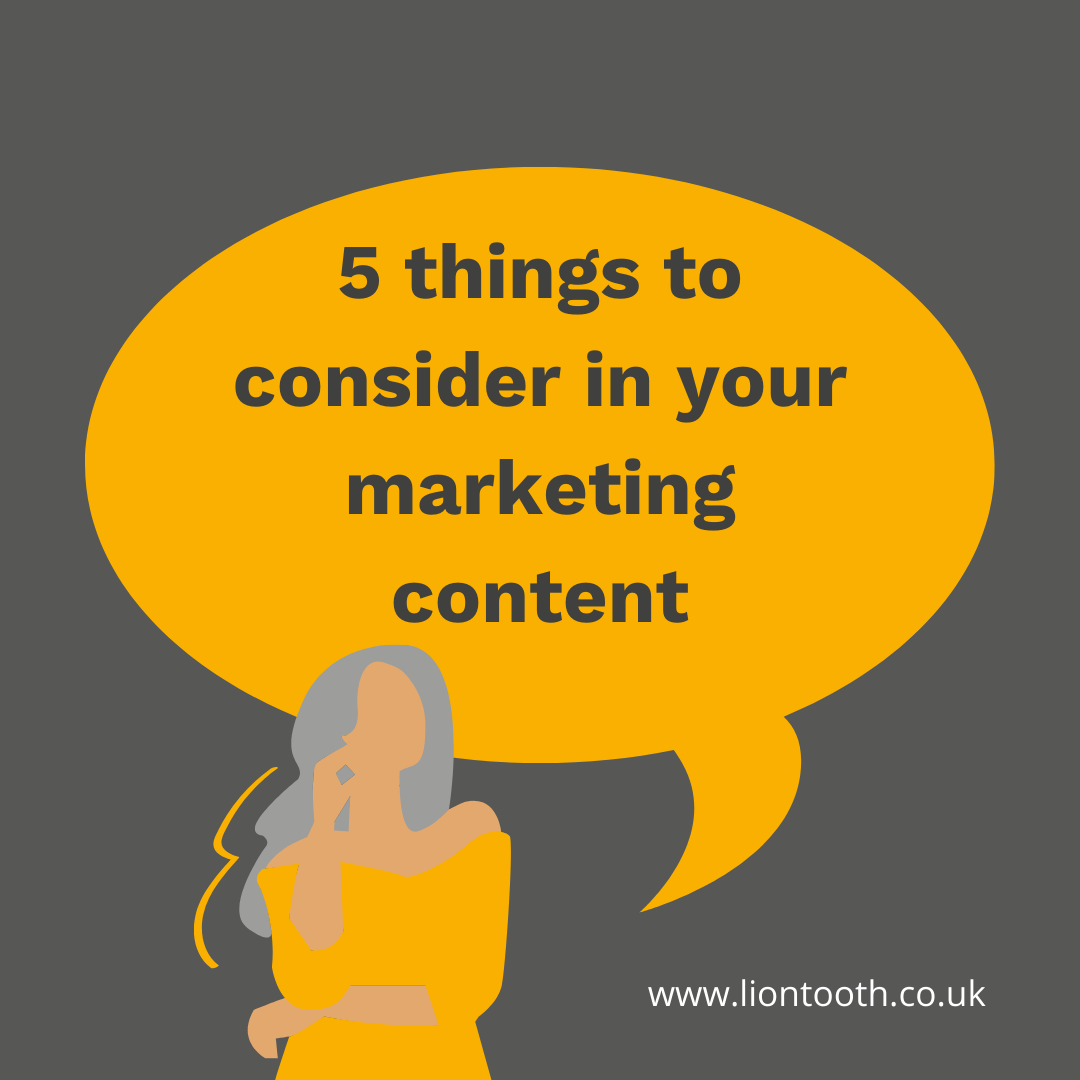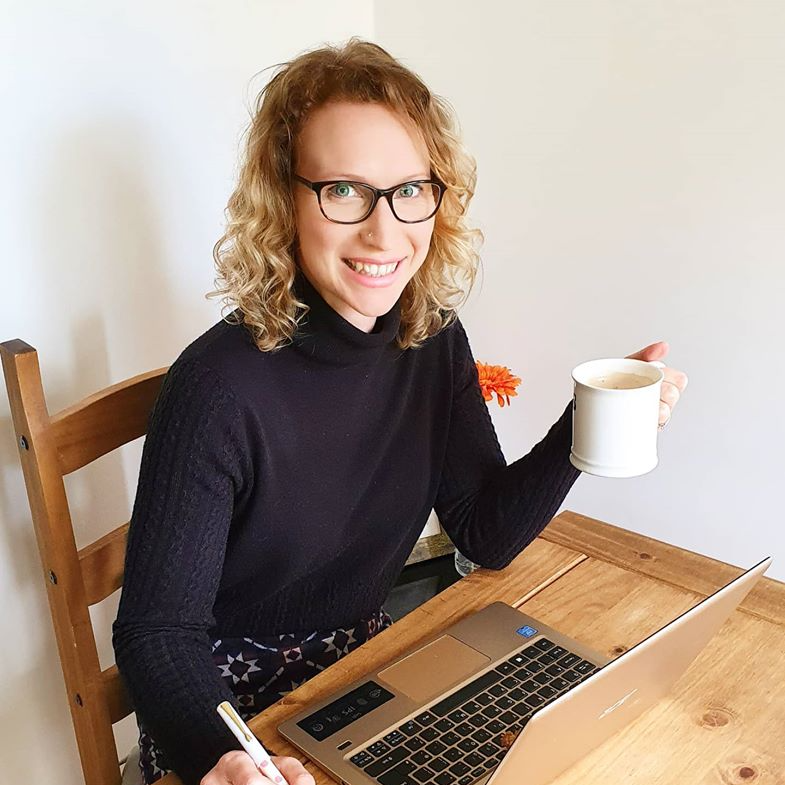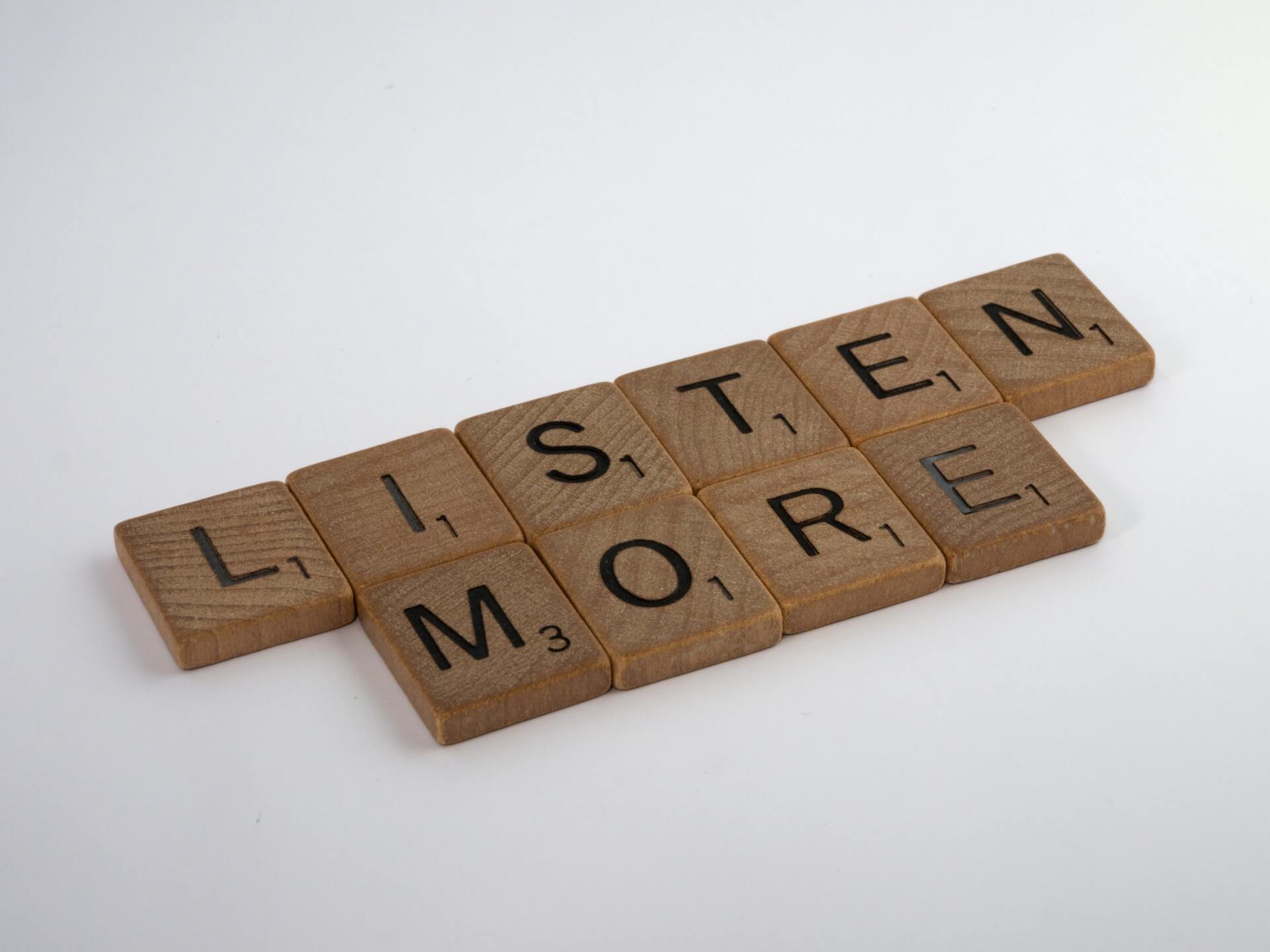Know Your Target Audience
- By Lisa Ellison
- •
- 20 Feb, 2021
- •
If you don’t know your target audience, like REALLY know them, how can you make sure that your content speaks to them?
One of the biggest mistakes that people make is to continue to write/record/share content that they feel is valuable to their audience without having done the research to find out who their target audience actually is in terms of age, interests, demographics, psychographics etc.
The temptation is to walk into a role and think, we’re X industry, the audience is probably Y, so they’ll be interested in Z. That’s not good enough. You need to delve deeper to really KNOW who you’re targeting with your marketing content.
How?
Use the resources you have at your fingertips:
- Social media –
Find your audience. Where do they hang out? Facebook/Twitter/Instagram/LinkedIn?
What are they engaging with around your industry and products or services?
Use hashtags. Which hashtags are relevant to your audience? What will they use to research or what will they follow out of interest? Follow those hashtags. See what content is shared, what’s being asked? What’s doing well?
- Email -
Send an email survey.
Be picky, make sure the questions are relevant to what you want to know. Make sure you dig deep to get the detailed information that you need.
Do you have a clear idea of your ICA (ideal client avatar)? If not and you’re not sure what that is, check out this blog post here.
If you know your ICA, you should have a good understanding of their personality, behaviours and overall psychographics around your target audience. If you don’t know this yet, do the research, learn, understand and craft your narrative around your ICA.

This is all
great for content marketing but it goes beyond that.
Knowing your audience really REALLY well, better than your competition, will enable you to streamline, refine and enhance all of your marketing activity. And you know what happens when you refine your marketing to that extent? You ROI will improve significantly.
If you know who you’re talking to and you know their personality, you can in-turn refine your branding: your tone of voice, your brand personality. If you’re an established business, don’t feel like it’s too late to change because your branding is already established and in place. Branding isn’t just about the colours you use and the style of your logo, it’s about much more and once you understand and tailor that to your target audience, you’ll see the benefits.
You may feel like you’re running constantly to get in front of your target audience, to be seen and trying to get their attention. If you know who they are and adapt your marketing content and branding accordingly, they’ll find you. You will end up in the same places at the same time, you’ll hit all of the right sweet spots with them, they’ll feel like you’re talking directly to them and they’ll be drawn to you. They’ll bring their friends/family/colleagues.
The groundwork can feel tedious and frustrating but it’s worth it. It will reward you for your hard work and determination and let’s be honest, if you’ve not done it, will your competition have done it? If they have, you don’t want to fall behind. If they haven’t, take the chance, do the work and get ahead. Leave them in your trail of dust wondering what happened and how come your marketing has suddenly got legs and run!

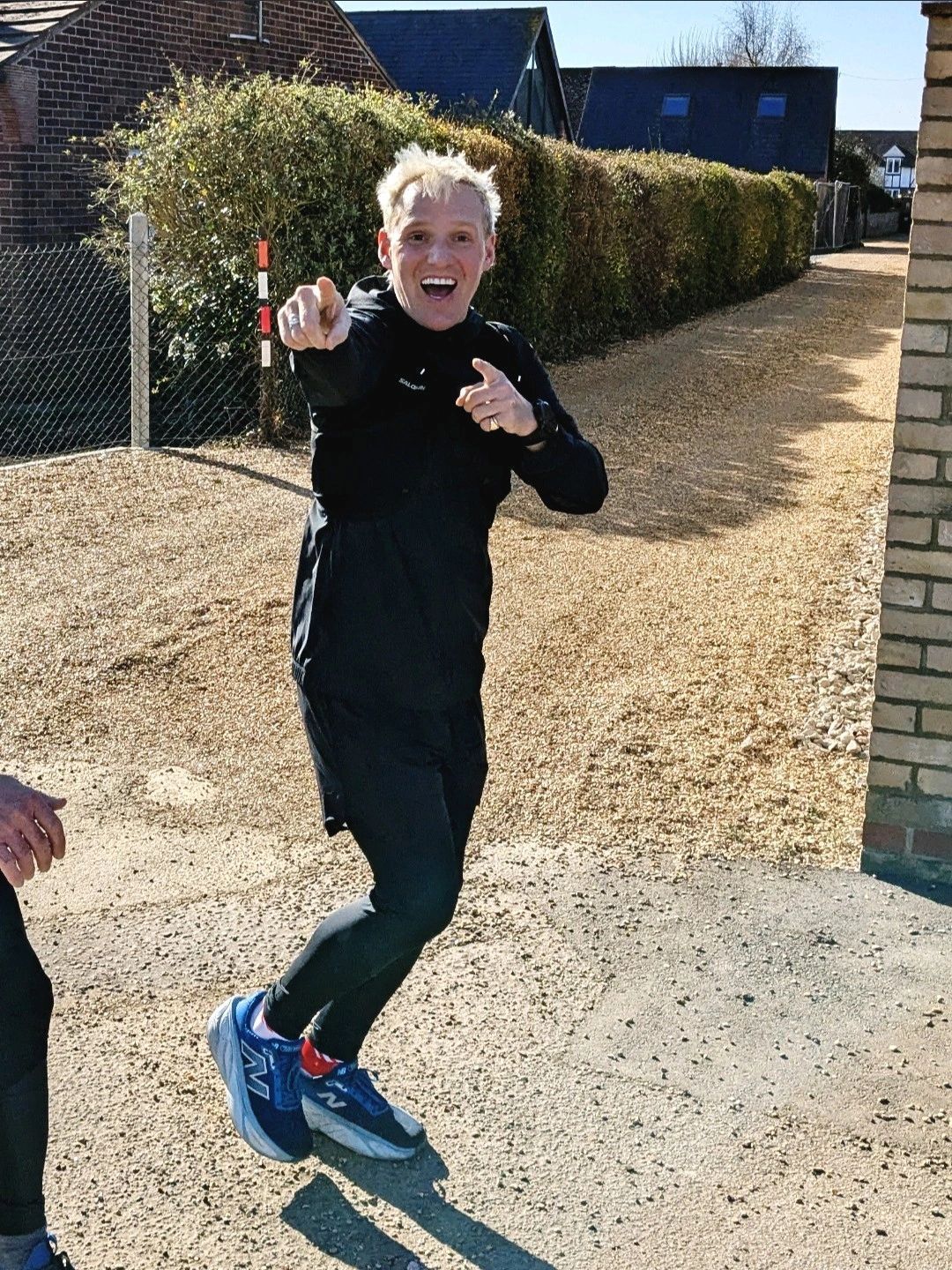
Jamie Laing - before you roll your eyes and scroll on, hear me out. (I know, the photo gave away my cliff hanger!) You may have been one of the 50,000+ people that saw my LinkedIn post last week, very much a throw away passing comment, essentially, to say I drove past Jamie Laing on my way home from the school run whilst he was on his fundraising mission for Children In Need.
I followed the story closely last week, quite hooked on his progress and whether or not he would make it. I'm not a celebrity-obsessed person and I rarely engage with anything celebrities do but last week was different and I'm sure I'm not the only one. I believe that many people didn't know he was even embarking on that challenge until last week - I didn't and I listen to Radio 1 daily! I also believe there's a lot of people that either don't know who Jamie Laing is or do know and don't particularly like him - we can't please everyone!
So, what was it about his fundraising effort that gripped the nation and led to him raising over £2m?! It's all about the story. And *this* is a great example of marketing done well - with an emphasis on storytelling and humanising your brand. His fundraising effort, backed by BBC Radio 1 coverage, provides a perfect case study on the power of storytelling in marketing. His journey emphasised his struggle, determination, vulnerability and honesty and that played a pivotal role in engaging the public emotionally and driving donations. If his personal narrative hadn’t been shared so openly, it’s unlikely that such a significant amount would have been raised.
This is something I've also experienced in fundraising efforts that I've been involved in and it makes all the difference but it takes strength to be vulnerable, and I'll always admire those who found the strength to tell their story (you know who you are 💛).
Here's what we can learn about the value of storytelling in marketing:
Emotional connection drives action : Jamie's story wasn't just about asking for donations; it was about sharing his personal experience and struggles throughout last week. People are more likely to connect with a cause when they can empathise with the storyteller. In marketing, emotional engagement creates a bond between the audience and the brand, making them more likely to engage.
Vulnerability builds trust : By being honest and vulnerable about his efforts and the challenges he faced, Jamie Laing built trust with the Radio 1 listeners. Vulnerability *humanises* a brand. In marketing, being transparent and acknowledging (and addressing!) flaws can enhance credibility and build a stronger, more authentic relationship with consumers.
Narrative creates value : Jamie Laing didn’t just promote an event, he shared a compelling and authentic story about his commitment. In marketing, your story can be the difference between blending in and standing out. Crafting a narrative around your brand or product creates meaning, making it more likely to stick in the minds of consumers.
Great - now how can you implement this in your marketing?
If you have ever worked with me, you'll have heard me going on about the importance of authenticity. This applies to everything from branding to customer service. If a brand is transparent about its processes, challenges and goals, customers are more likely to engage and support it.
Emotion drives engagement - whether it’s a product, service or cause, storytelling can create an emotional connection that compels action.
Consistent storytelling over time, where customers can see growth and commitment, helps keep them invested.
So basically, Jamie Laing’s Children In Need campaign demonstrated that storytelling - driven by vulnerability, determination and honesty, was the key to the level of success in his fundraising last week.
For marketers, it highlights that connecting with people on an emotional level, telling authentic stories and leveraging the right platforms can make all the difference in achieving success.
It can feel difficult to build emotion into corporate marketing but there's ALWAYS room to be human.
Does your brand feel a bit fuzzy? Let’s fix that.
The Define & Align Workshopis designed to bring clarity, structure and purpose to your brand- fast.
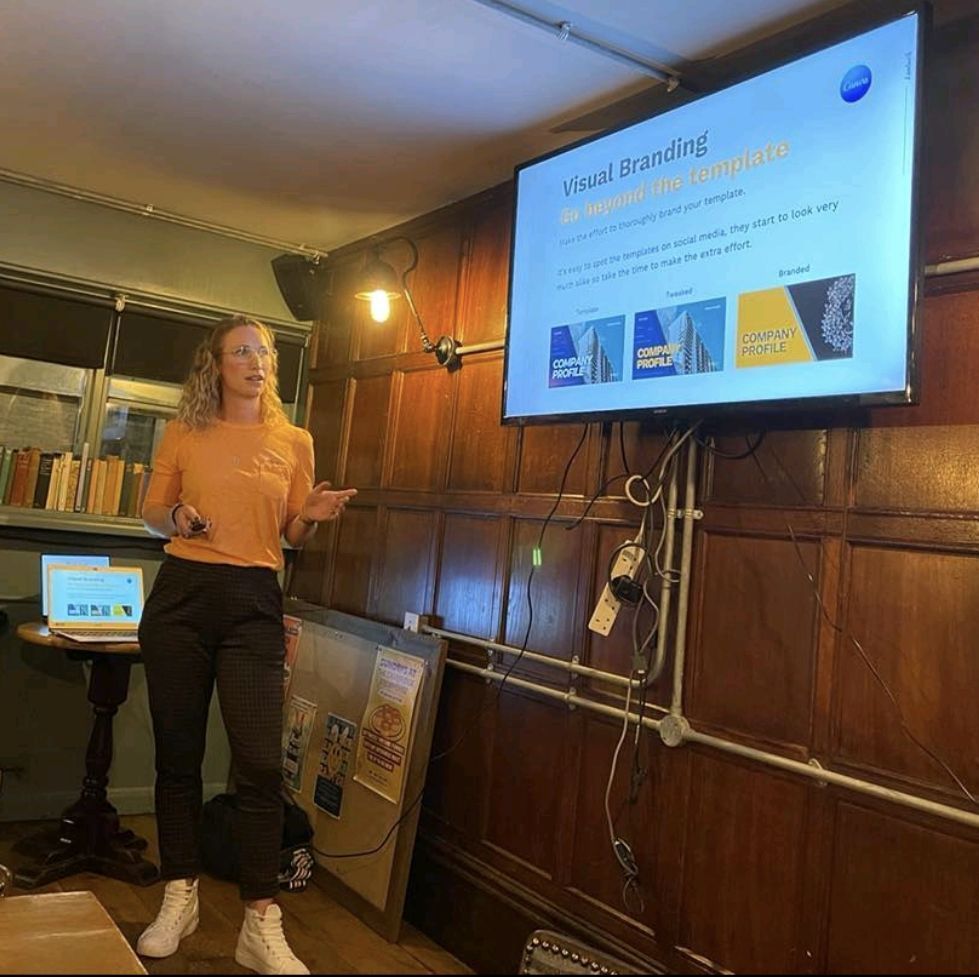
Sometimes I'll get a message to my inbox referencing my marketing agency
👀 God no! I'm
not an agency! No
. Sorry, no.
I'm a 1.5-person band. (The other half is my husband who's a silent partner, providing the incredible design skills). I don't want to be thought of as a marketing agency. For me it has connotations of frustration, waiting, chasing, and to be fair, more often than not incredible results but still.
I'm a no-nonsense , to the point communicator .
I like to be efficient and get stuff done and that includes getting results for my clients . I like the fact I'm basically flying solo with this, it's easy. It's straightforward. It's DONE.
Let me give you context and insight...
I have experience with agencies from BOTH sides - I've been the client AND the service provider. Honestly, I had challenges with both. See if anything sounds familiar:
From a client perspective , my biggest frustrations were always...
- The huge bill. Sorry guys, I always found it eye watering even though I wasn't paying!
- Not being able to get hold of my point of contact and waiting whilst others frantically ran around trying to get answers for me.
- I felt bad for (and frustrated about) the person playing piggy in the middle. I couldn't speak to Studio to get answers or explanations about design issues/challenges/restrictions. Information was often lost in transit.
As the service provider , (for me) these were my biggest frustrations...
- There too many systems and processes that got in the way of me just getting on and providing the level of service I wanted to.
- Too many other cogs in the wheel slowing down the process.
- Too many hoops to jump through and restrictions.

